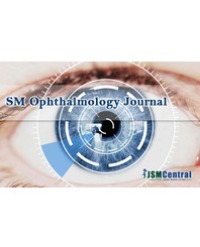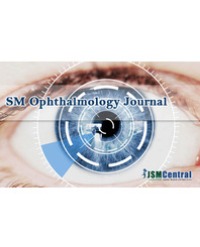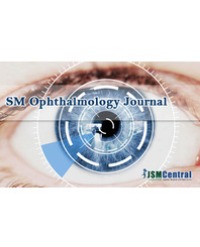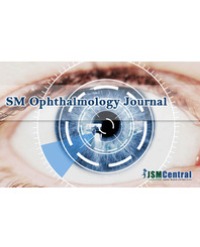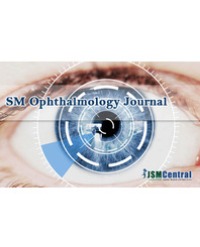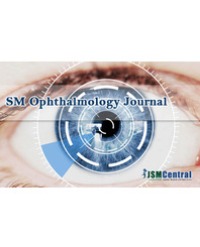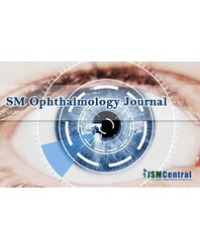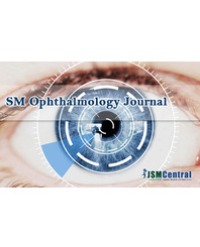Purpose: To analyze and compare the refractive outcomes of standard phacoemulsification with femtosecond laser-assisted cataract surgery performed during the initial learning curve and a year later by experienced surgeons.
Methods: This single-center retrospective study was divided into 3 groups: Group 1, 63 patients who underwent standard phacoemulsification (control group) prior to femtosecond laser acquisition by two anterior segment surgeons; Group 2, the first 104 patients who underwent femtosecond laser-assisted cataract surgery by the same surgeons from Feb 19, 2014 to April 30, 2014 (learning curve group) and Group 3,108 patients who underwent femtosecond laser-assisted cataract surgery by the same surgeons a year later from Feb, 2015 until June 30, 2015 (experienced group).
Results: Mean absolute refraction prediction errors were 0.37 ± 0.25 Diopters (D) in the control group, 0.30 ± 0.24 D in the “learning group” and 0.30 ± 0.24 D in the experienced group with no significant differences among groups. The percentages of eyes within 0.5 D of the targeted refraction were 69.8%, 90.5% and 82.5% in the control group, learning group, and experienced group, respectively (p
Conclusion: There was no statistically significant difference in the mean postoperative refraction prediction errors between femtosecond laser-assisted cataract surgery and standard phacoemulsification in either the learning curve or experienced group. However, a higher percentage of patients were within 0.5 D of the targeted refraction in the learning curve femtosecond laser-assisted cataract surgery group compared with the standard phacoemulsification group.
Ildamaris Montes de Oca, Sumitra S Khandelwal, Eric J Kim, Tim Soeken, Ryan Barrett, Li Wang, Mitchell P Weikert, Douglas D Koch and Zaina Al-Mohtaseb*
